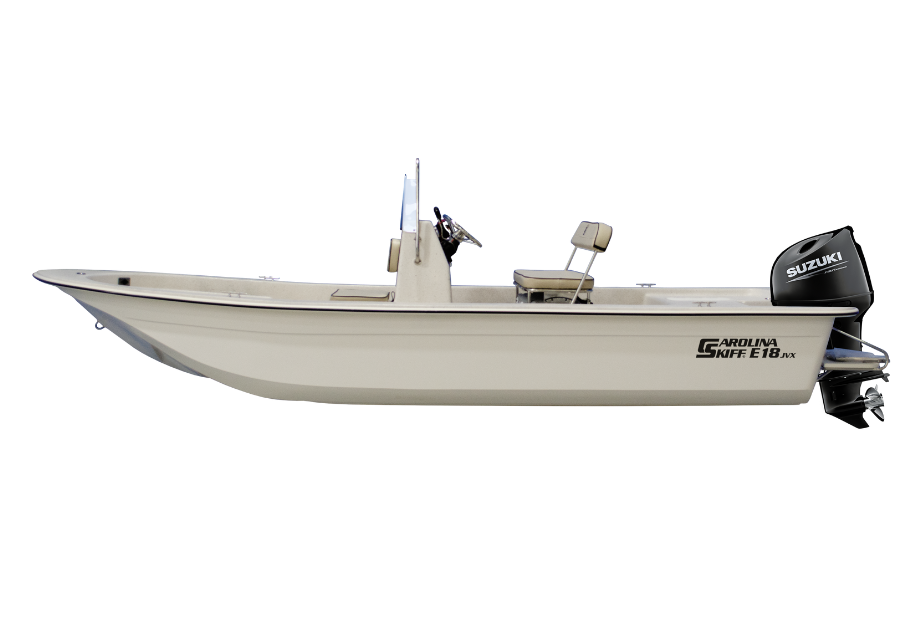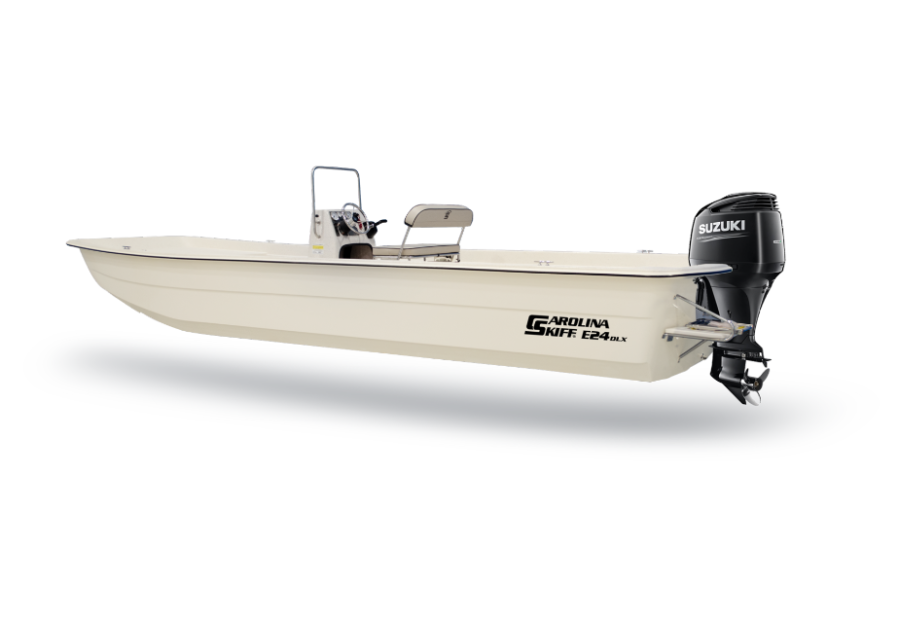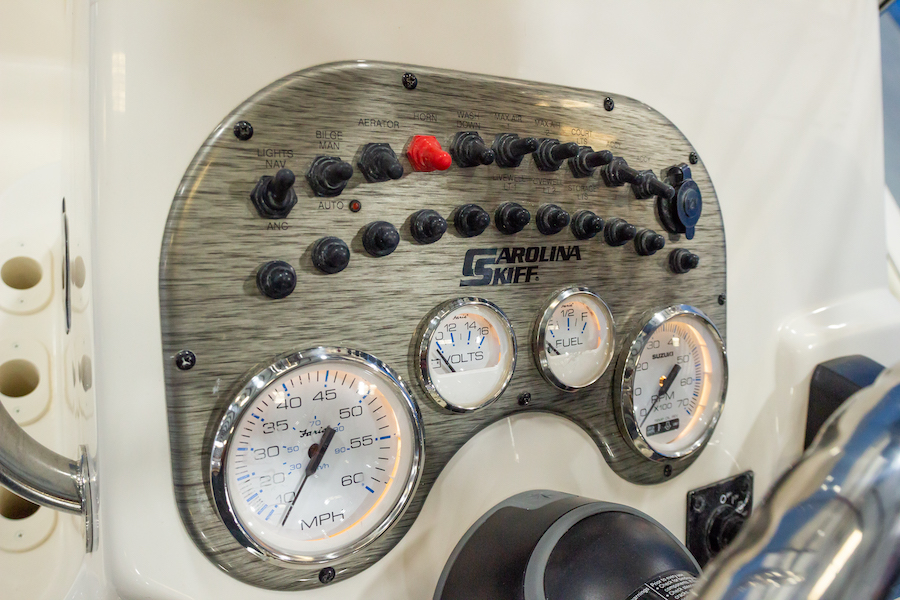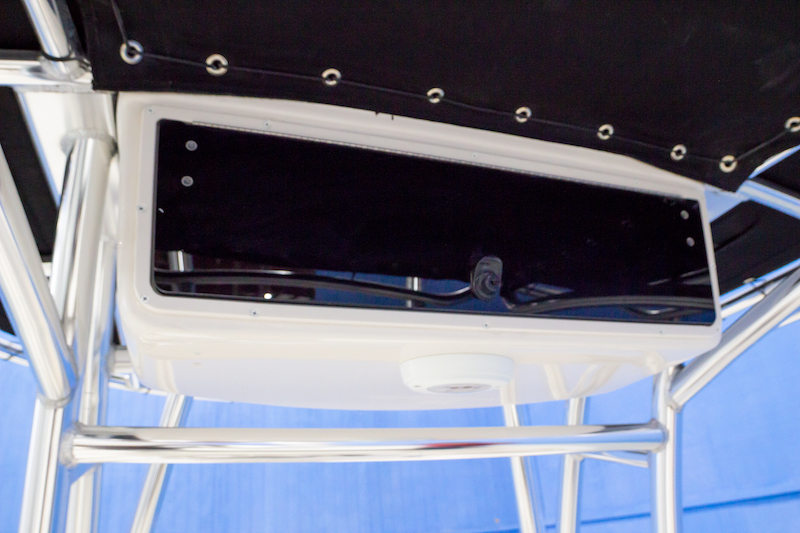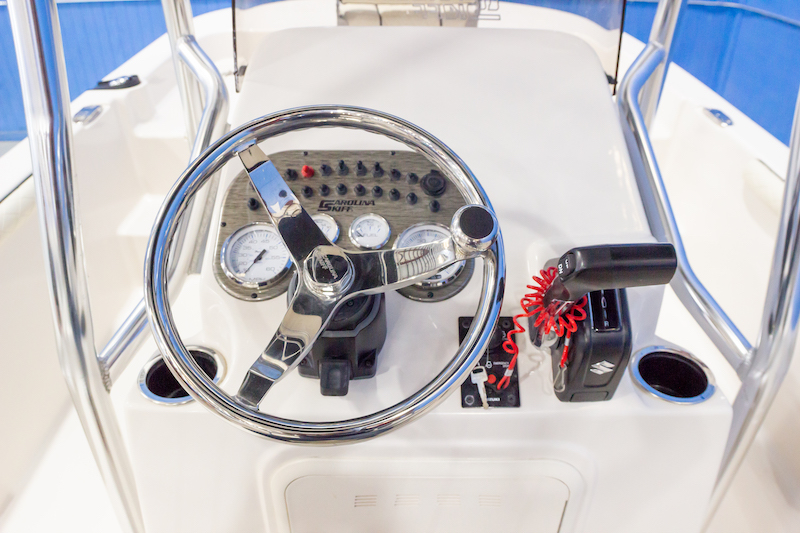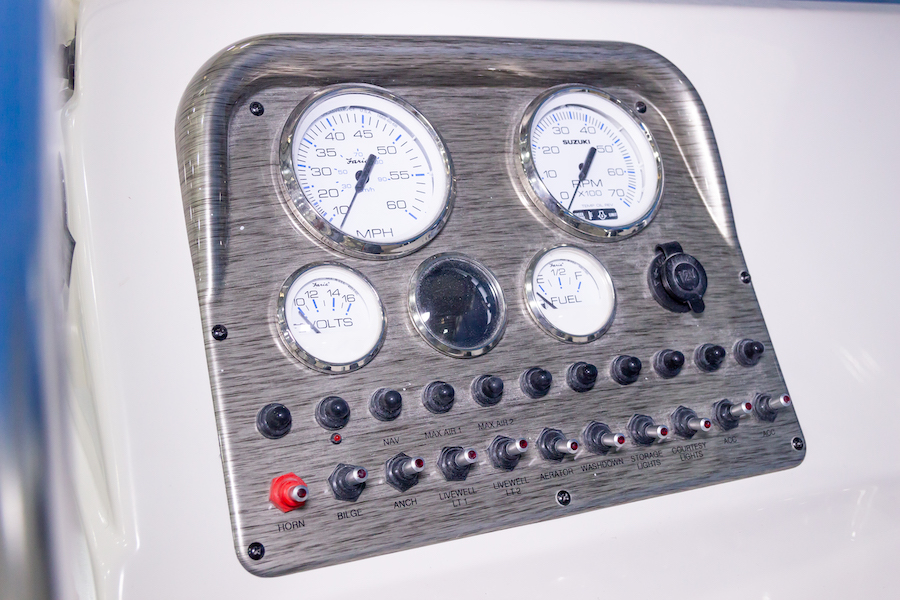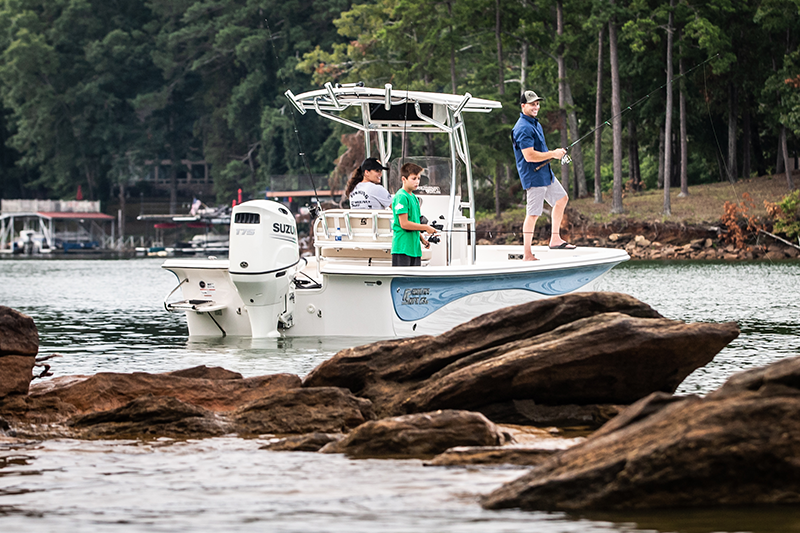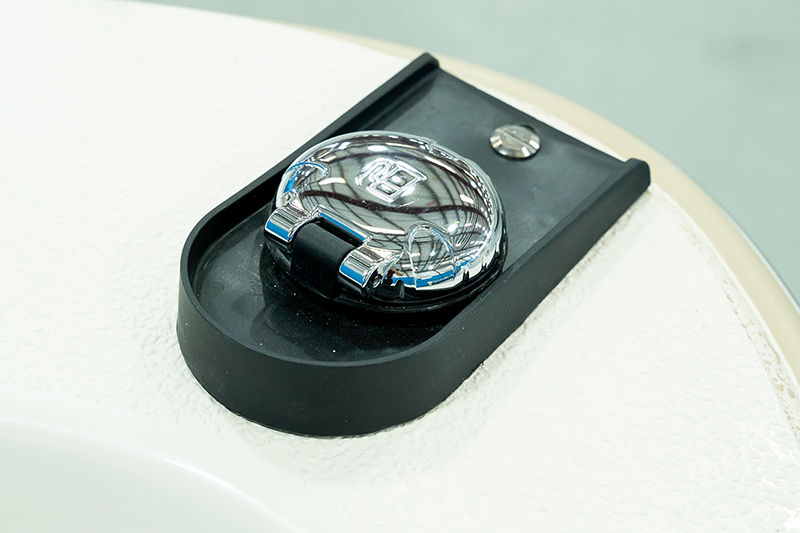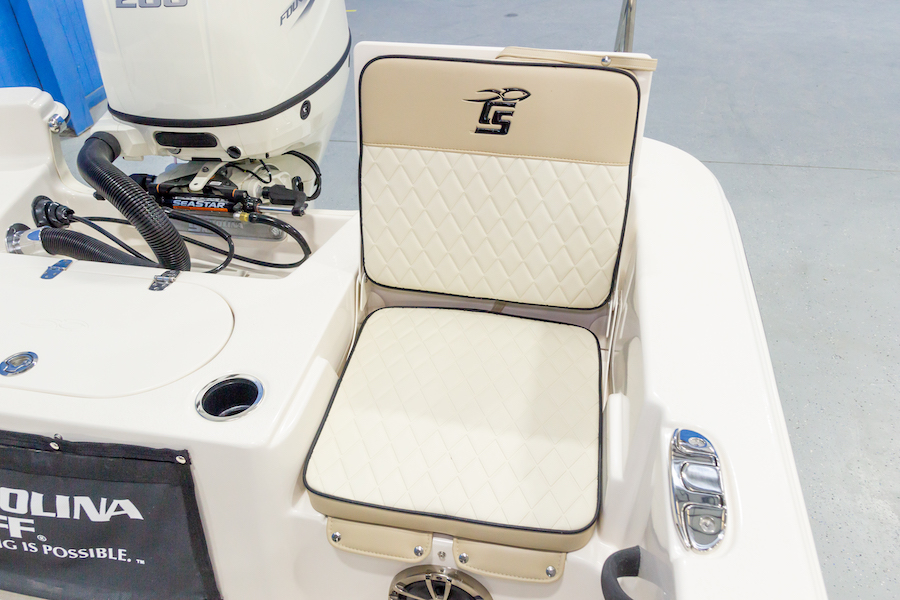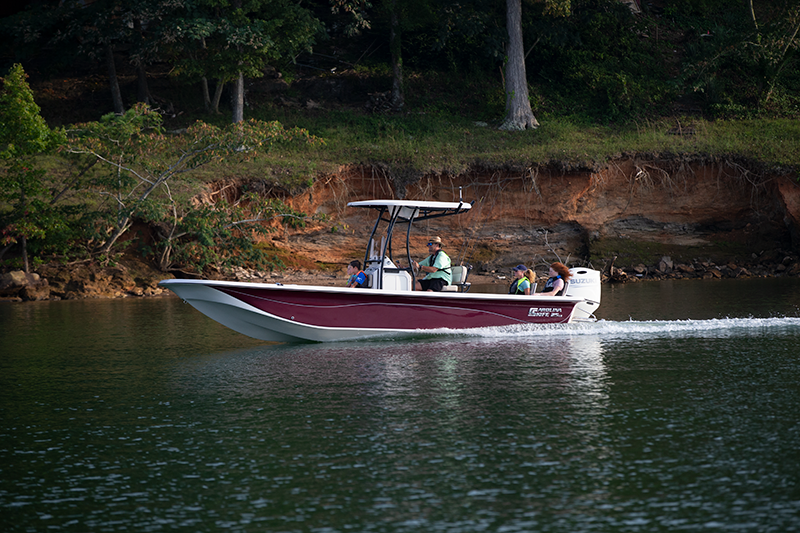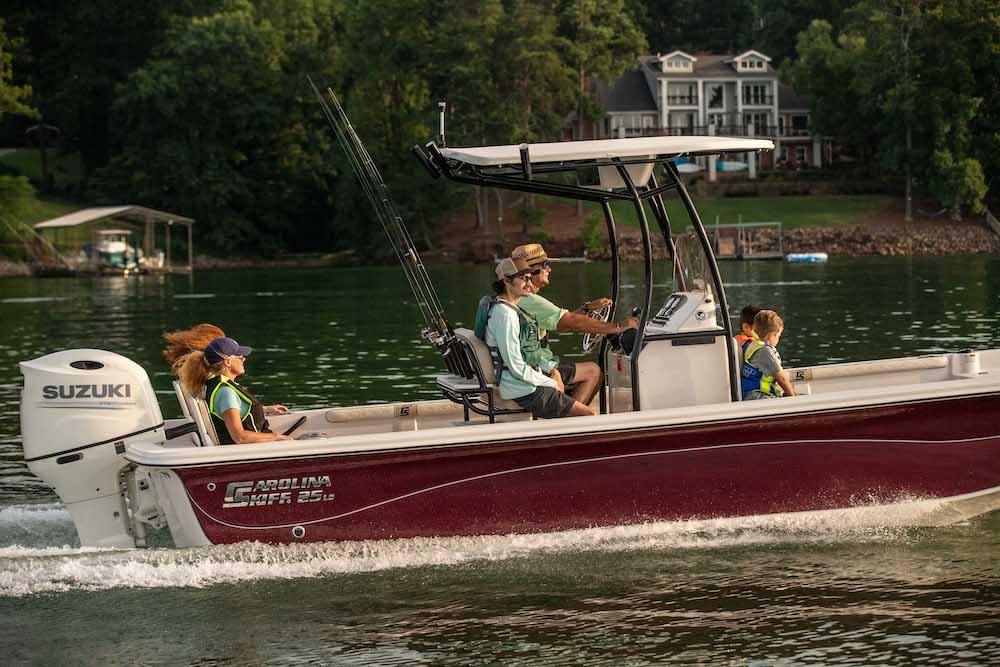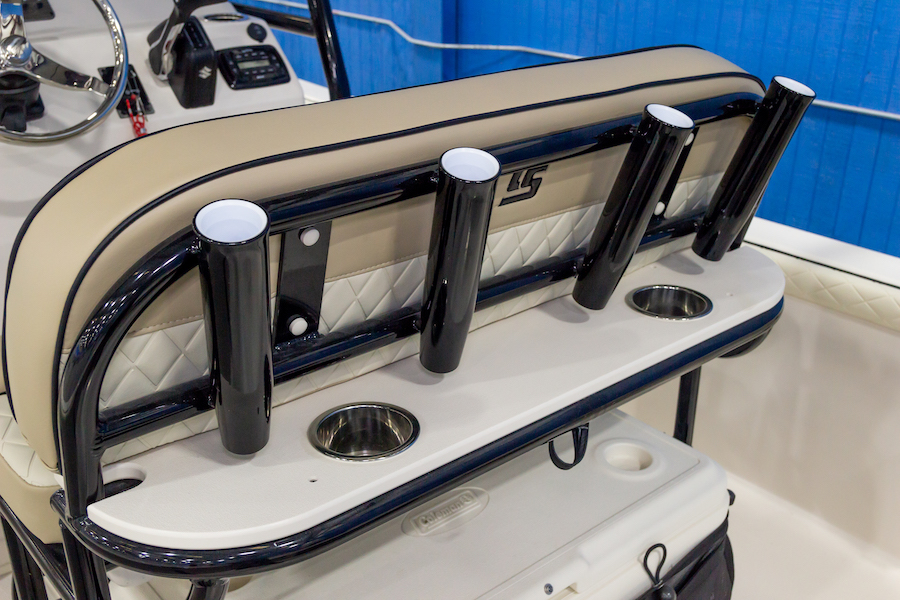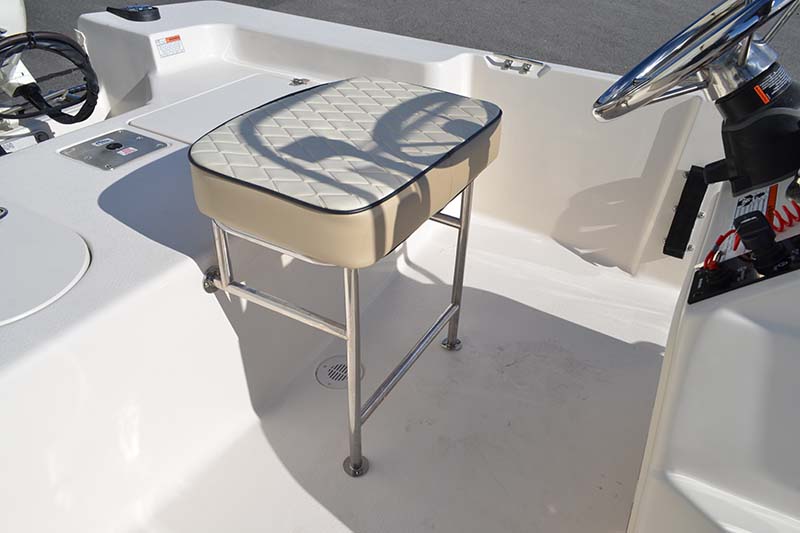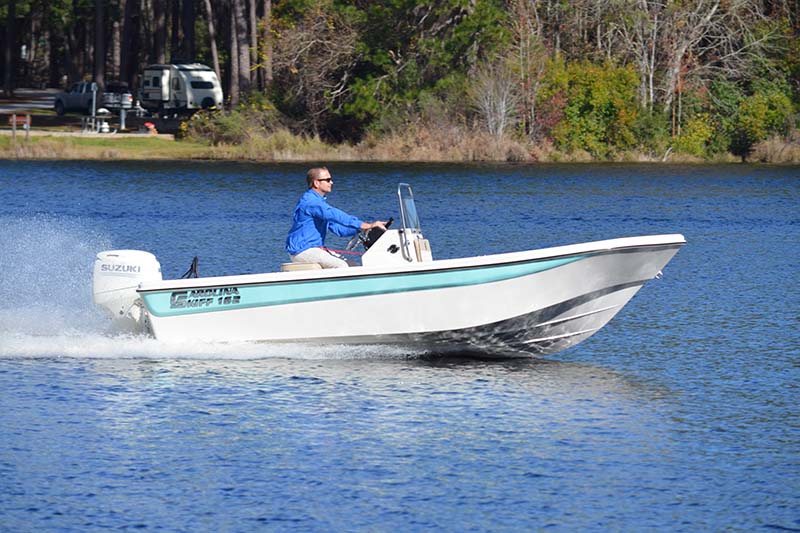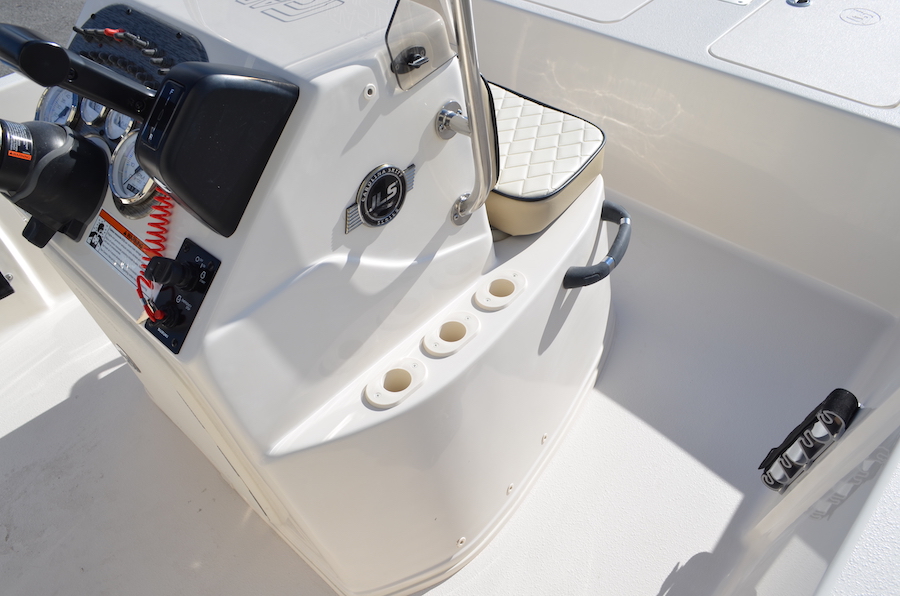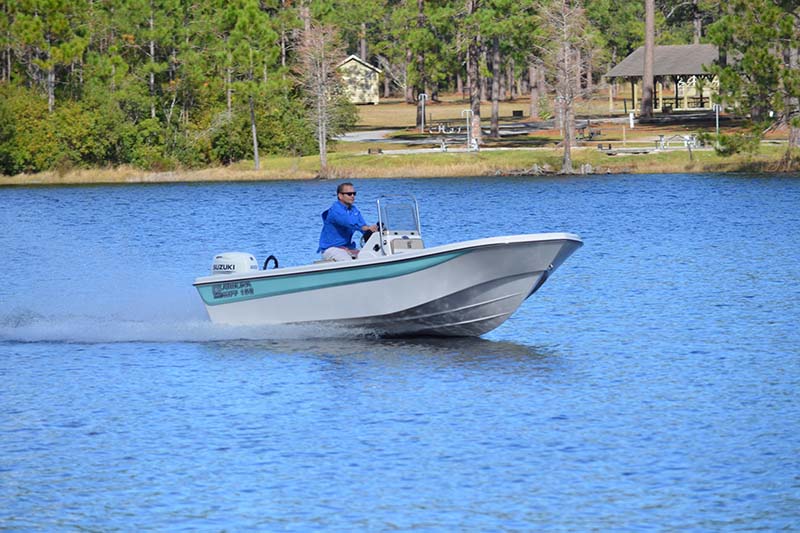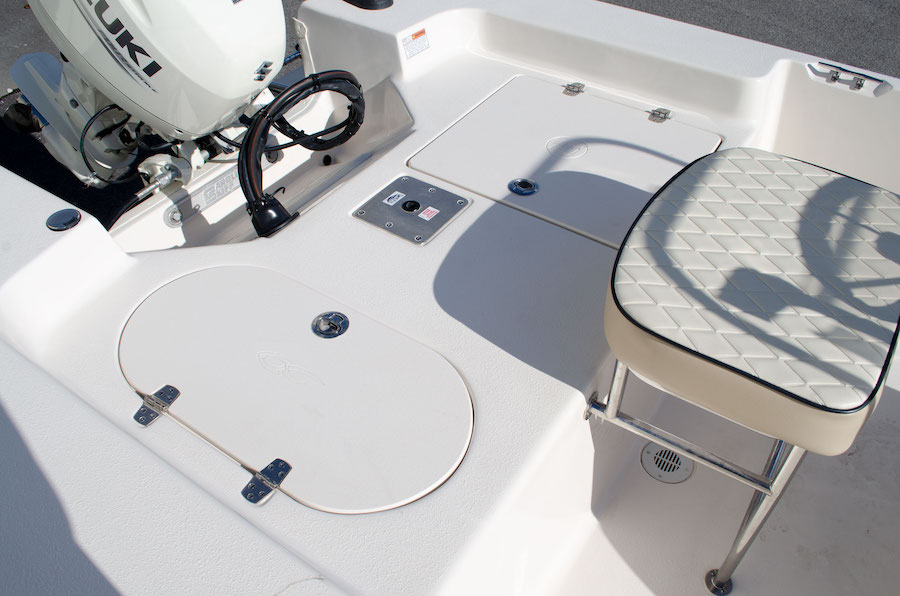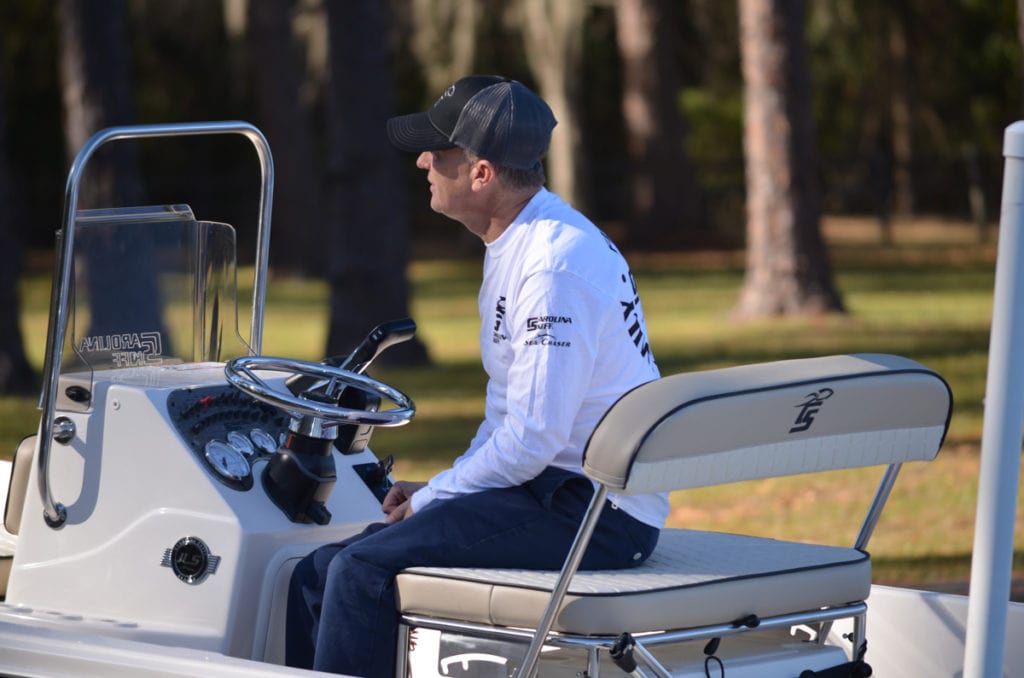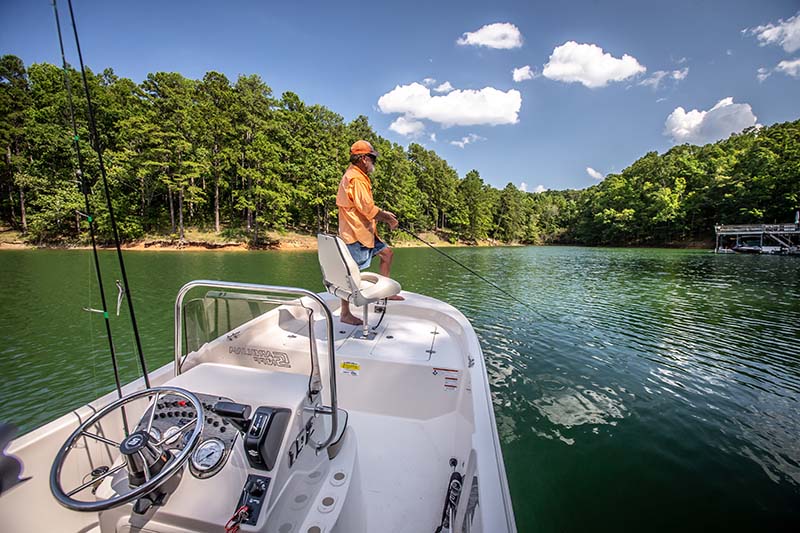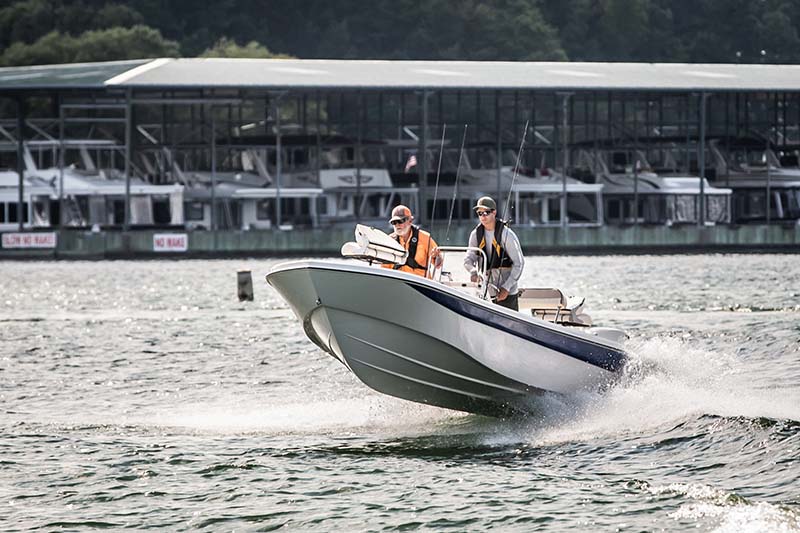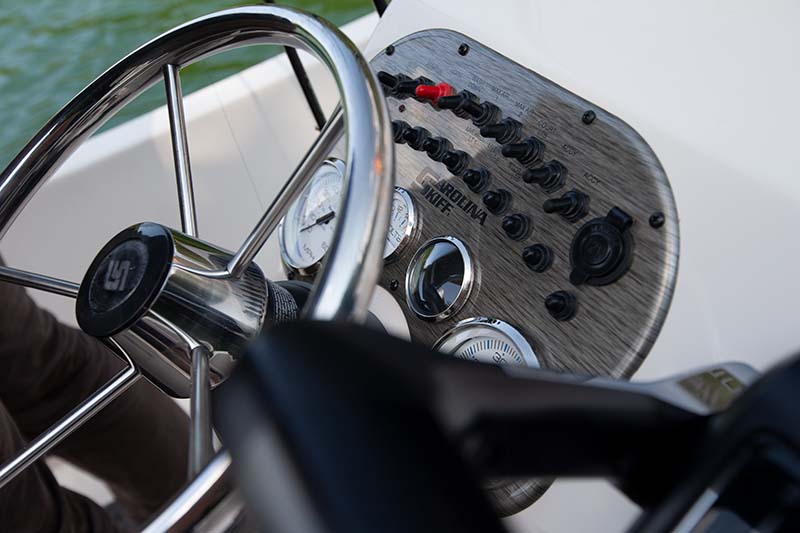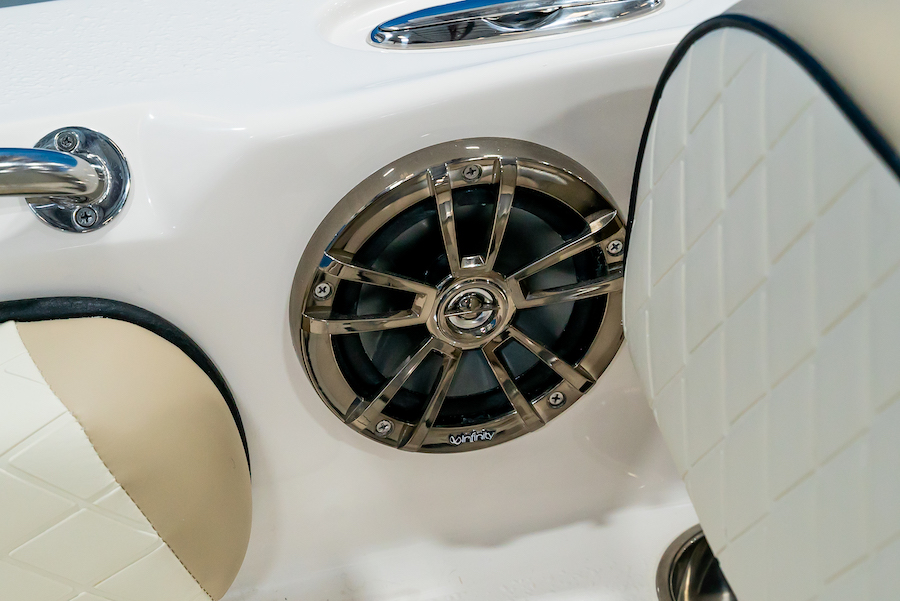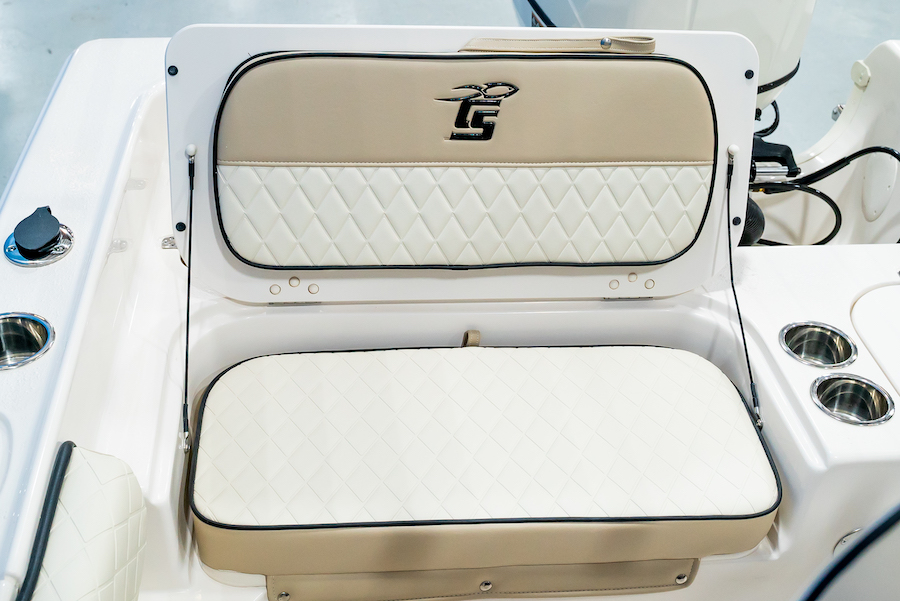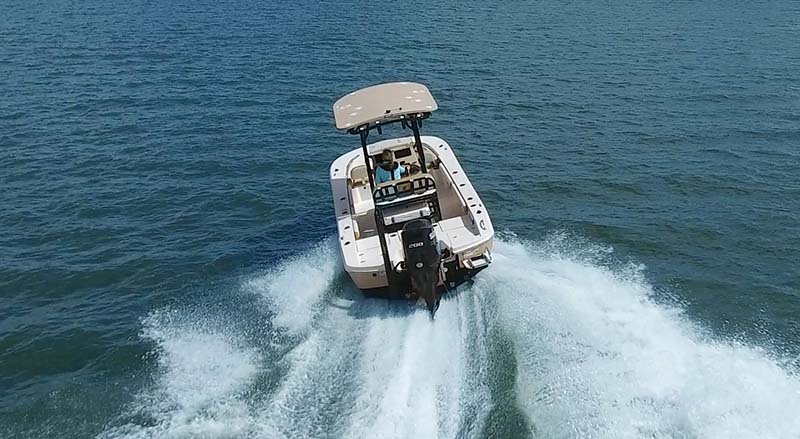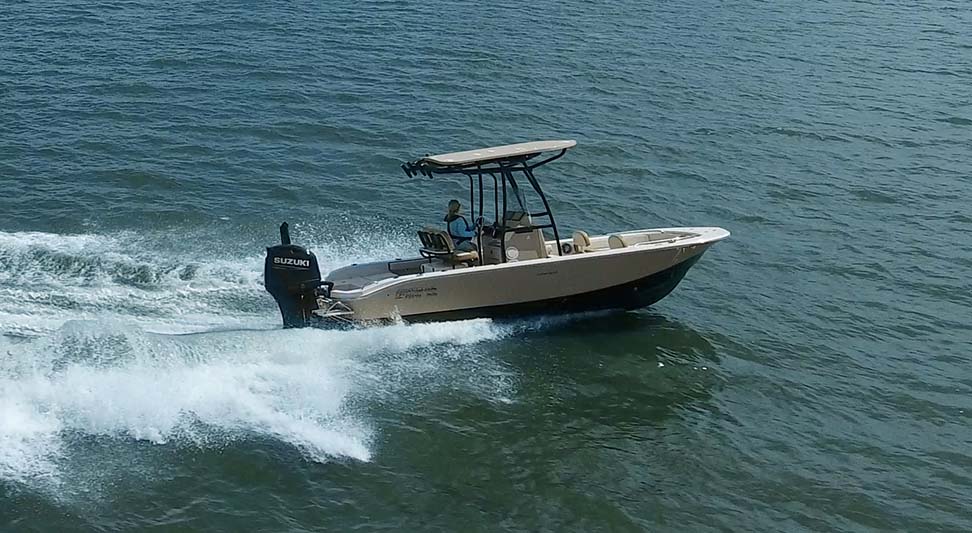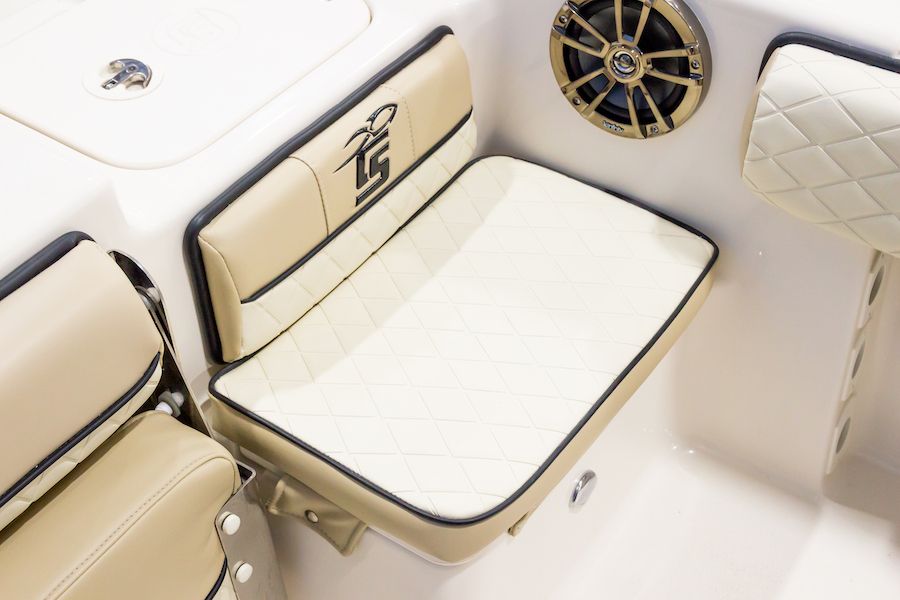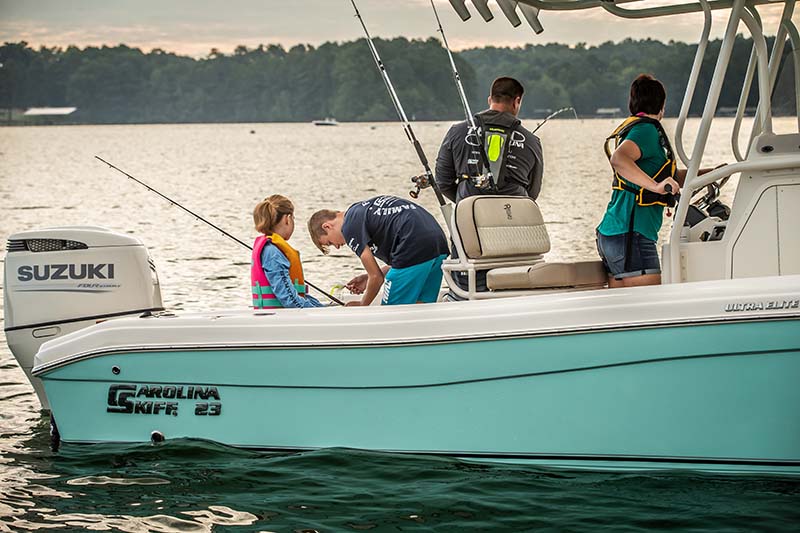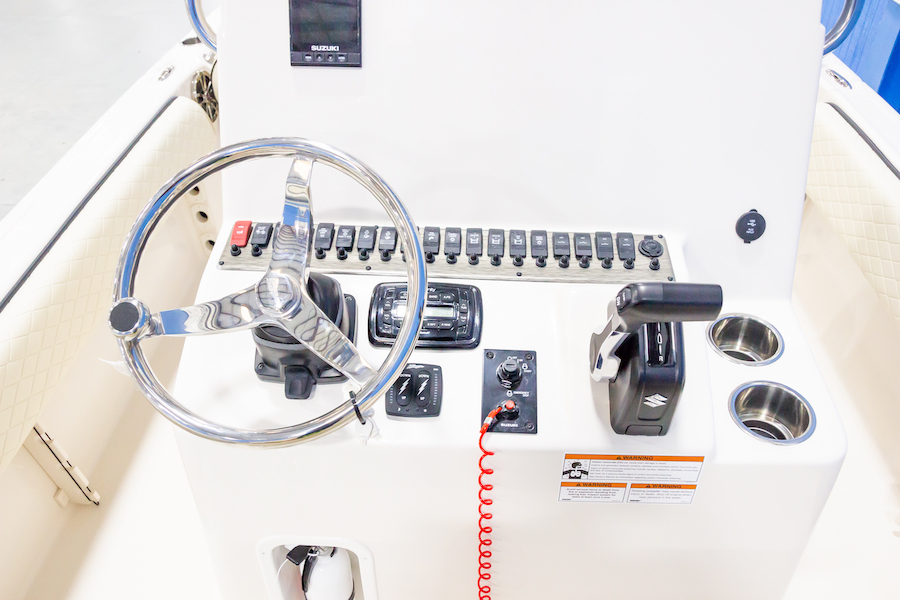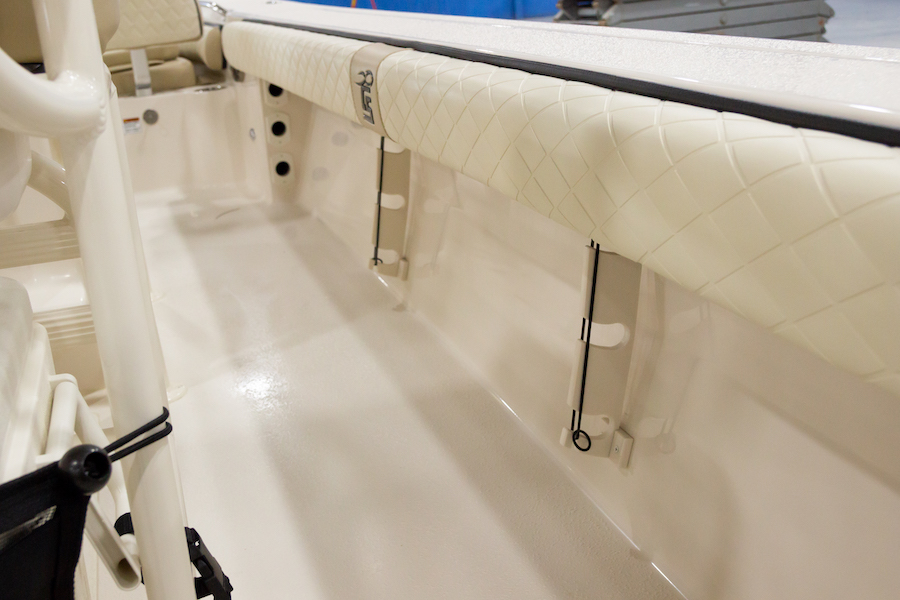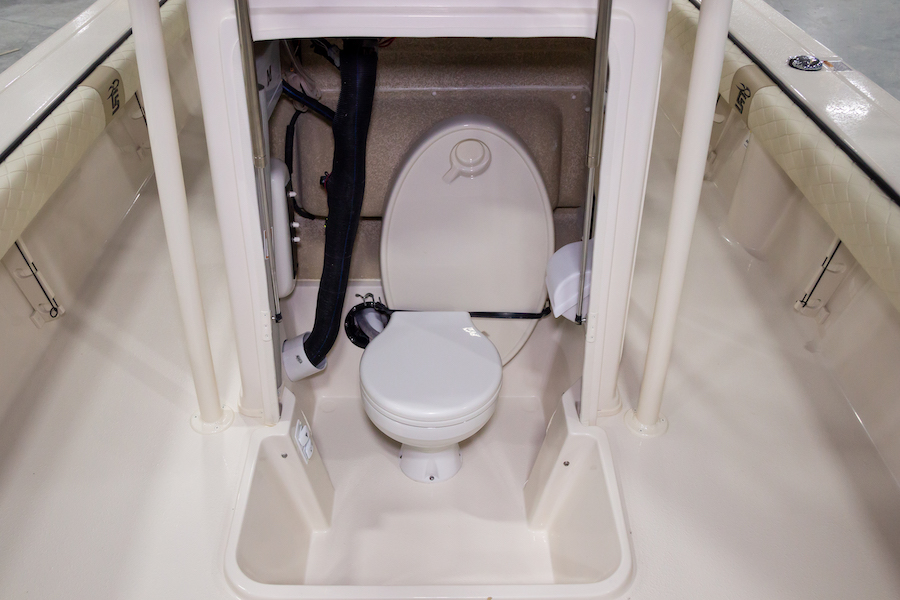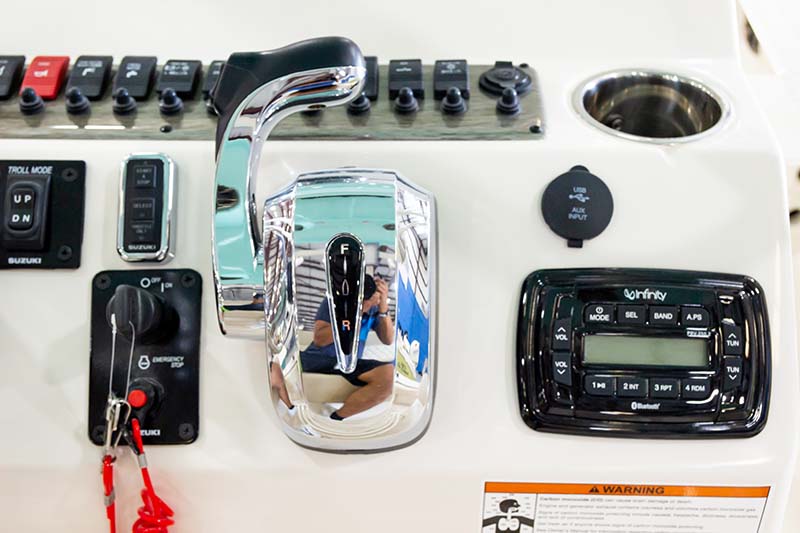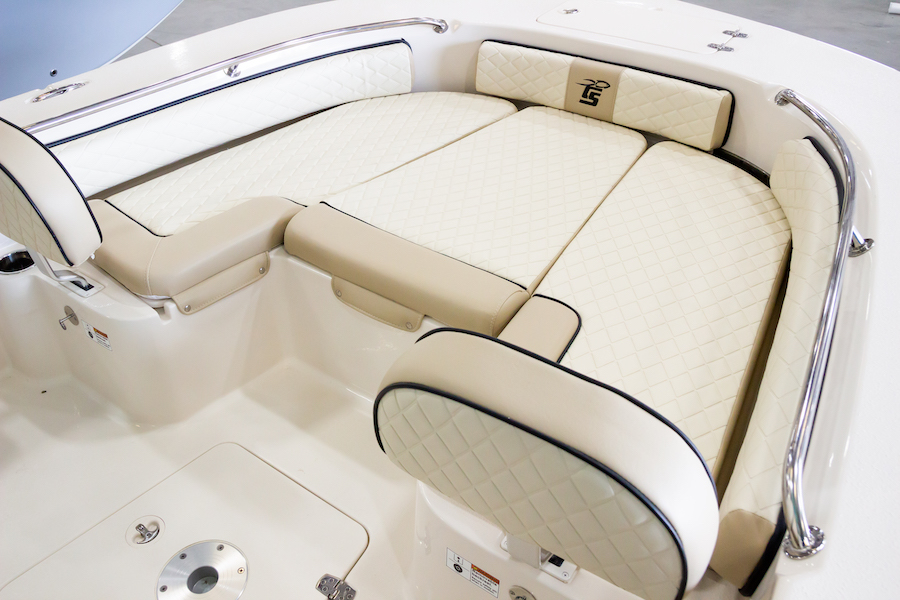From Tampa Bay to the Louisiana bayous, and all the way to the Laguna Madre on the Texas coast, anglers find that fishing for spotted seatrout and redfish heats up as water temperatures drop during winter months.
Thanks to the cooler temperatures, both reds, and trout slow down on the feed. Although they don’t eat as aggressively in colder weather, fish do — and will — eat. They just take more time when evaluating potential meals. Regardless of whether fishing live baits, soft plastics or hard lures, two adjustments can help fishermen capitalize on winter feeding patterns: lightening up and slowing down.
The first involves rethinking your terminal tackle. With most anglers opting for high-performance braid for better casting and sensitivity, leaders become of critical importance. Try downsizing your leader to a lighter fluorocarbon material than you would normally use during spring and summer months. High-quality fluorocarbon in the 10- to 15-pound range is virtually invisible to fish as they inspect your offering thanks to its unique light refracting qualities.
Because the target species take longer to inspect potential prey items, it is also critical to keep your bait in the strike zone longer. Anglers can do this by giving their live baits more soak time, resisting the urge to recover and cast. With artificial bait, slow down your retrieve. Remember, prey items slowdown in cooler temperatures, just like your target species.
So when the mercury dips, remember: lighten up and slow down. It will lead to more strikes — and catches — under tough conditions. For more helpful fishing tips, visit www.carolinaskiff.com.














